In □ABCD , side BC∣∣ side AD. Digonals AC and BD
intersect each other at P. If AP=13AC then prove DP=12BP.Solution in Marathi
Step by step video & image solution for In squareABCD , side BC|| side AD. Digonals AC and BD intersect each other at P. If AP=(1)/(3)AC then prove DP=(1)/(2)BP. by Maths experts to help you in doubts & scoring excellent marks in Class 10 exams.
Updated on:21/07/2023Topper's Solved these Questions
- SIMILARITY BOOK - TARGET PUBLICATIONCHAPTER - SIMILARITY EXERCISE - Additonal Problems for Practice(Based on Practice Set 1.4)
8 Videos
- SIMILARITY BOOK - TARGET PUBLICATIONCHAPTER - SIMILARITY EXERCISE - Chapter Assessment
17 Videos
- SIMILARITY BOOK - TARGET PUBLICATIONCHAPTER - SIMILARITY EXERCISE - Additonal Problems for Practice(Based on Practice Set 1.2)
11 Videos
- QUESTION FROM STD. IXBOOK - TARGET PUBLICATIONCHAPTER - QUESTION FROM STD. IXEXERCISE - Statistics
11 Videos
- STATISTICSBOOK - TARGET PUBLICATIONCHAPTER - STATISTICSEXERCISE - Problem Set-6
5 Videos
Similar Questions
△DEF~△MNK, if DE=5 and MN=6, then find the value of A(△DEF):A(△MNK).
View SolutionChoose the correct alternative.
In the given figure, if BC = 3cm and BD = 7 cm , then A(ΔABC)A(ΔABD)=
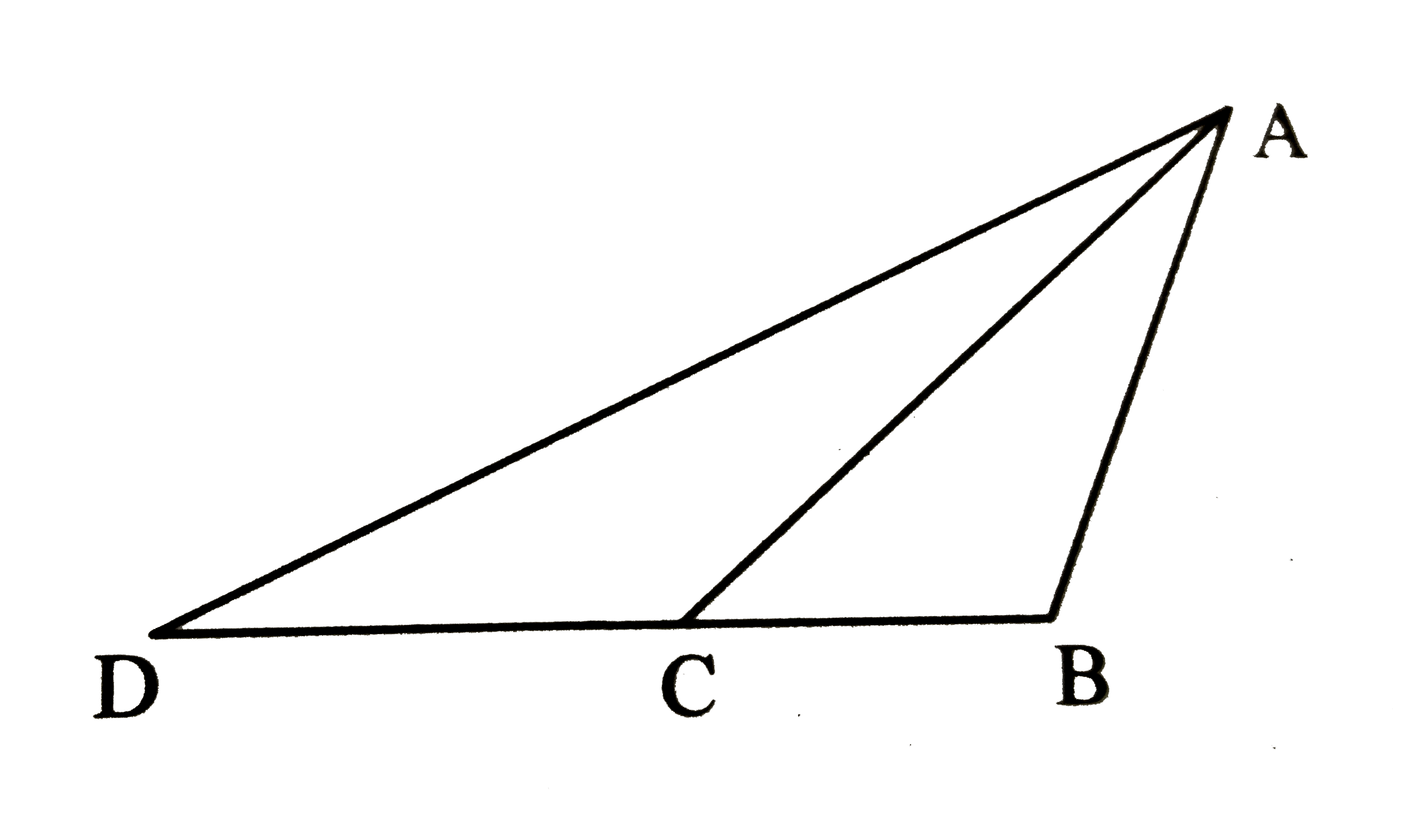
View SolutionIn ΔABC, DE||BC. If DB = 5.4 cm, AD = 1.8 cm, EC = 7.2 cm,
then find AE.
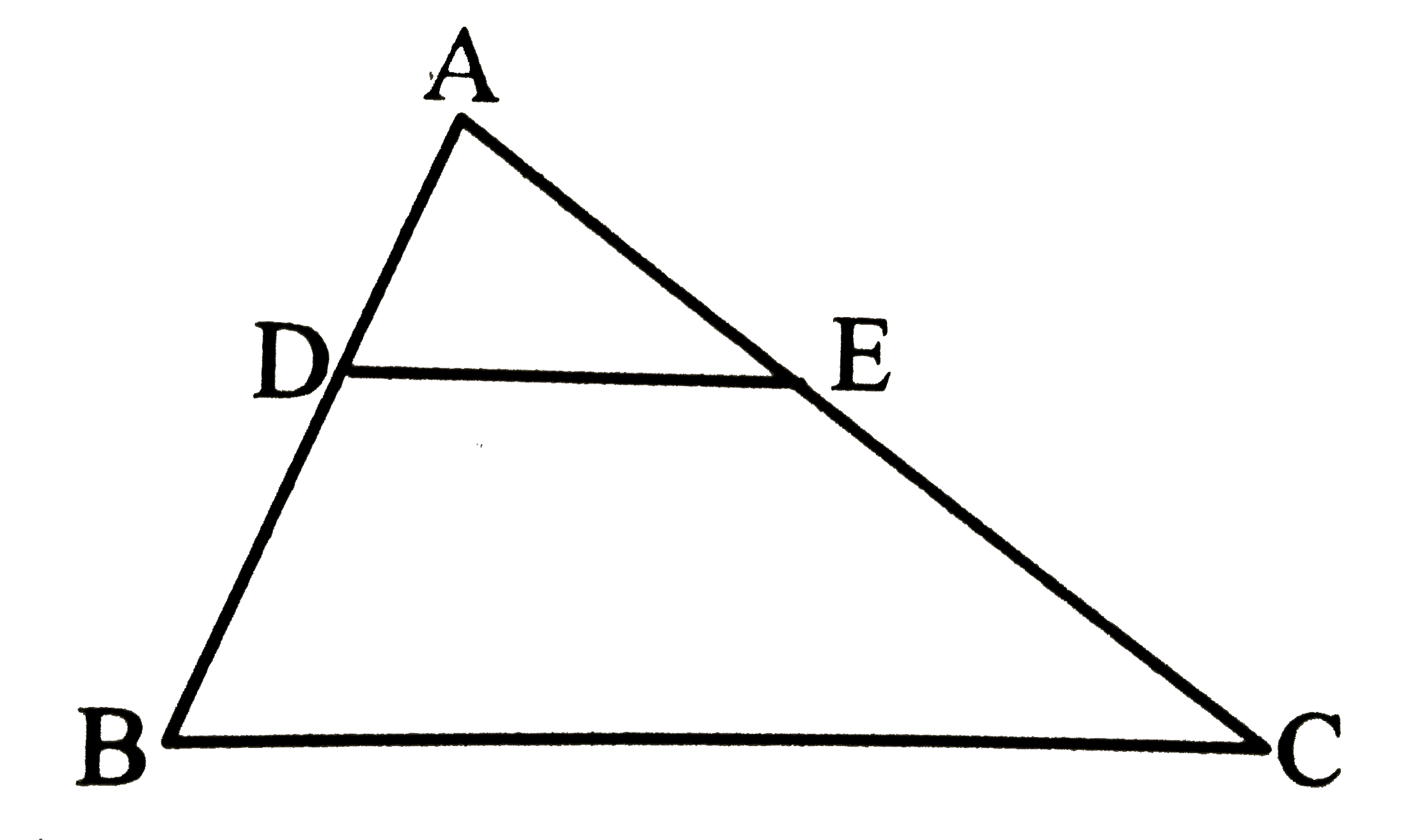
View SolutionClassify the following information as primary or secondary data.
For a school project, literacy percentage of give villages gathered by a student from the internet.
View SolutionDifferent expenditures incurred on the construction of a building were shown by a pie diagram. The expenditure of Rs45000 on current was shown by a sector of central angle of 75∘. What was the total expenditure of the construction?
View SolutionIn ABCD side BC | side AD.Seg AC and seg BD intersect in point Q.If AQ=1/3 AC then show that DQ=(1)/(2)BQ
View SolutionIn ΔABC,AB=AC. Side BC is produced to D. Prove that (AD2−AC2)=BD⋅CD.
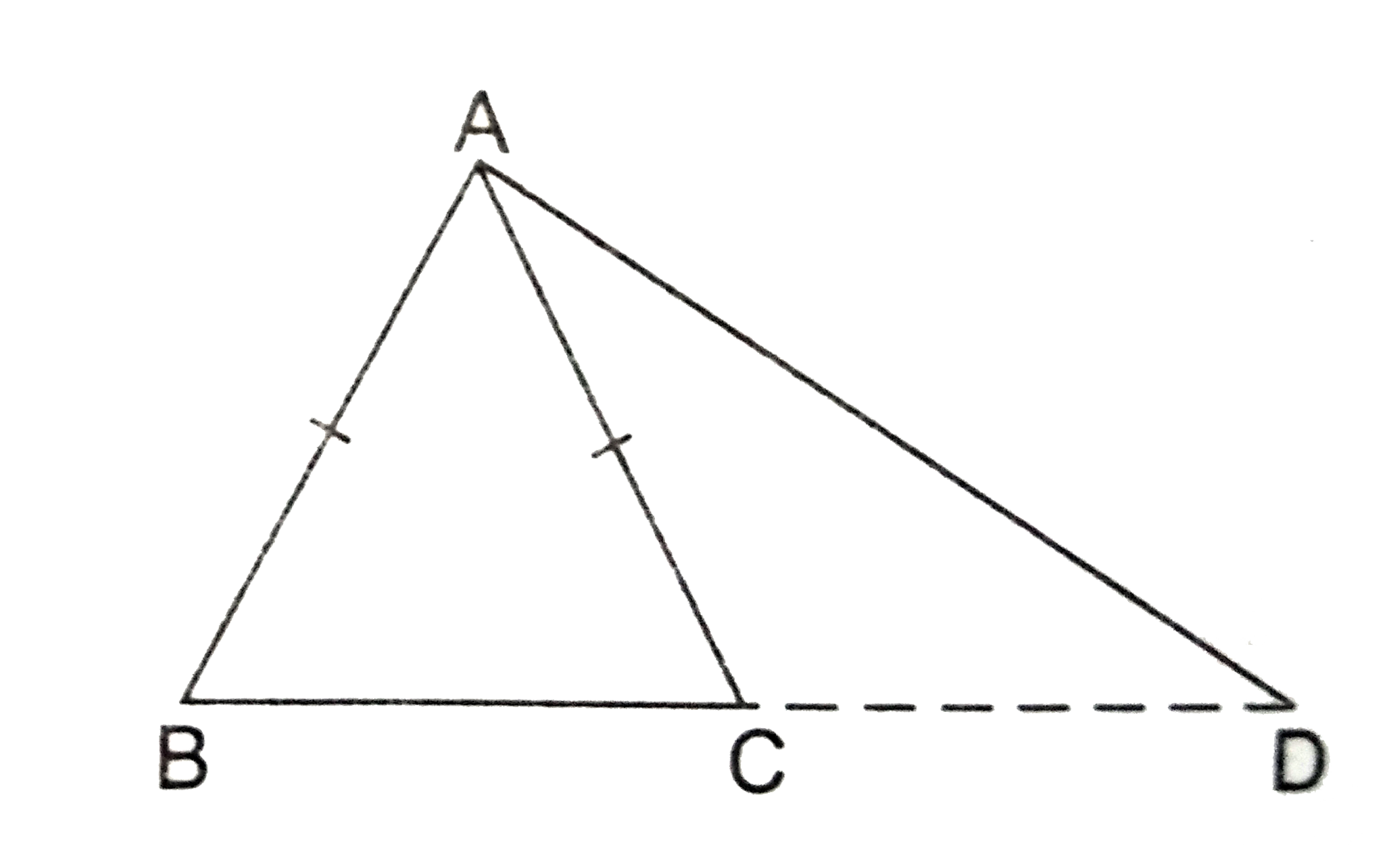
View SolutionIn the figure, seg AC and seg BD intersect each other in point P and APCP=BPDP. Prove that ΔABP~ΔCDP.
View SolutionIn □ABCD , side BC∣∣ side AD. Digonals AC and BD intersect each other at P. If AP=13AC then prove DP=12BP.
View SolutionIn the figure, set aC and seg BD intersect each other in point P and APCP=BPDP. Prove that ΔABP~ΔCDP.
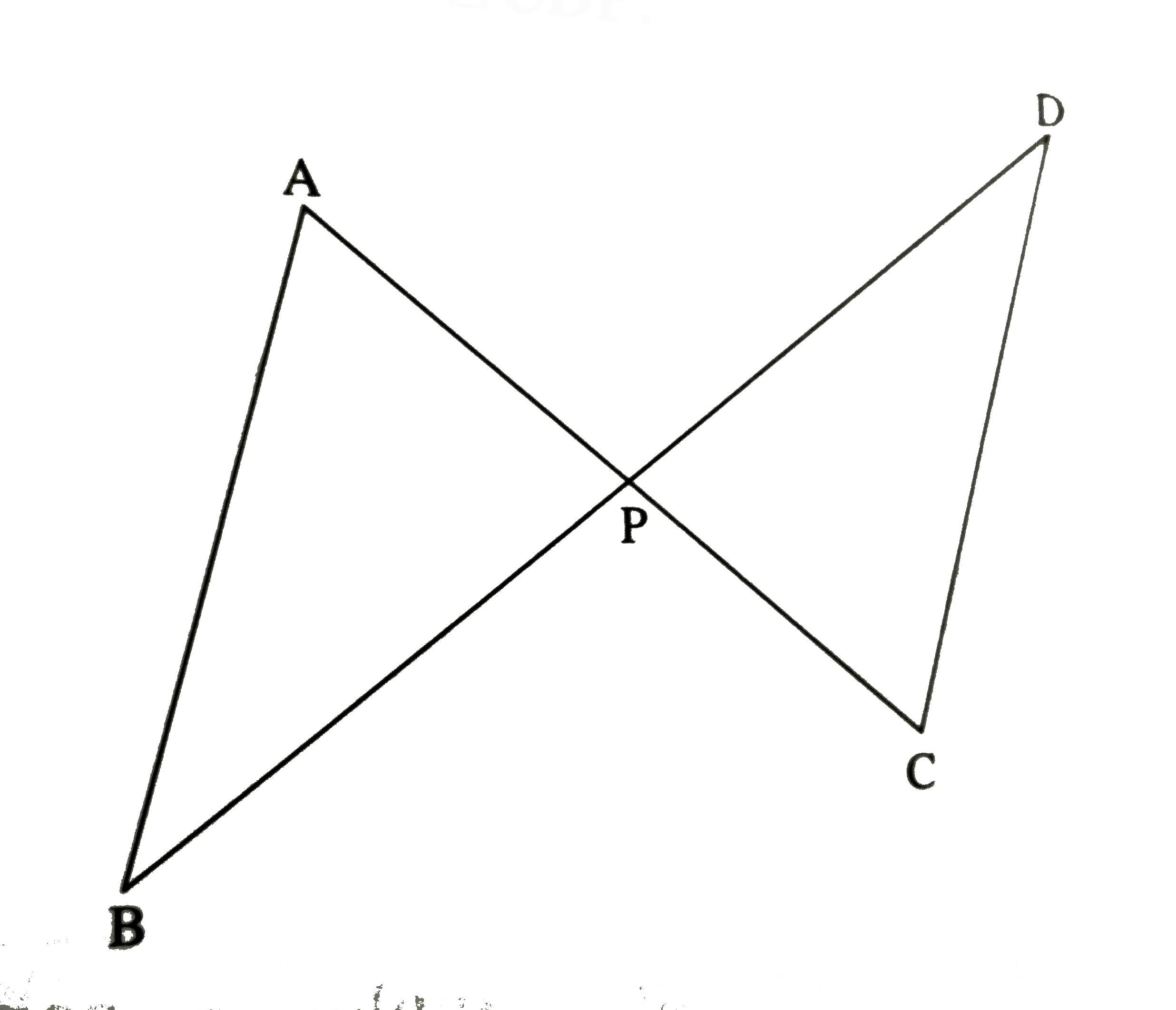
View SolutionIn □ABCD, seg AD∣∣ seg BC. Diagonal AC and digonal BD intersect each other in point P. Then show that APPD=PCBP.
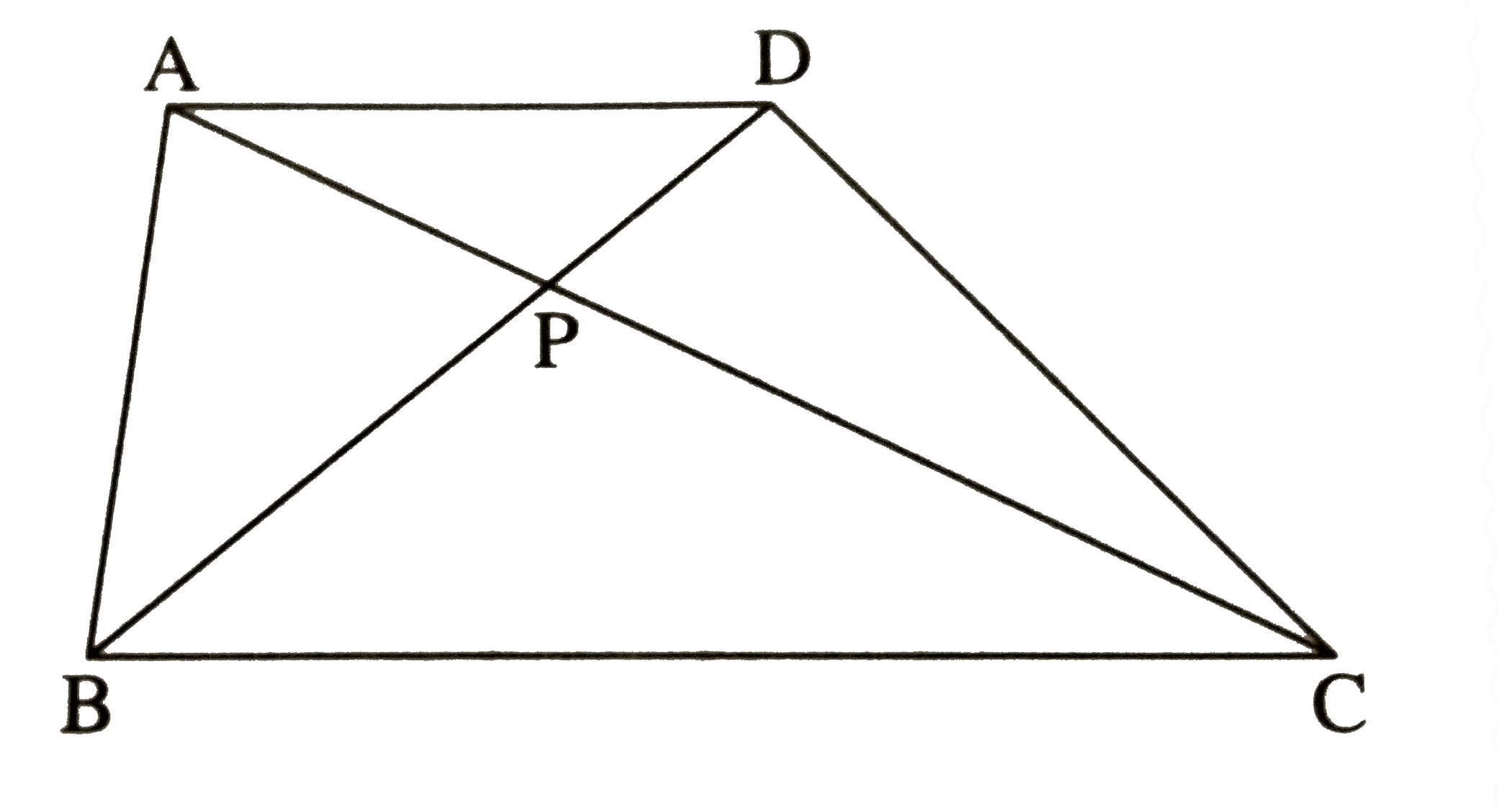
View Solution□ABCD is a parallelogram. P is the midpoint of side CD. Seg BP meets diagonal AC at X. Prove that 3AX=2AC.
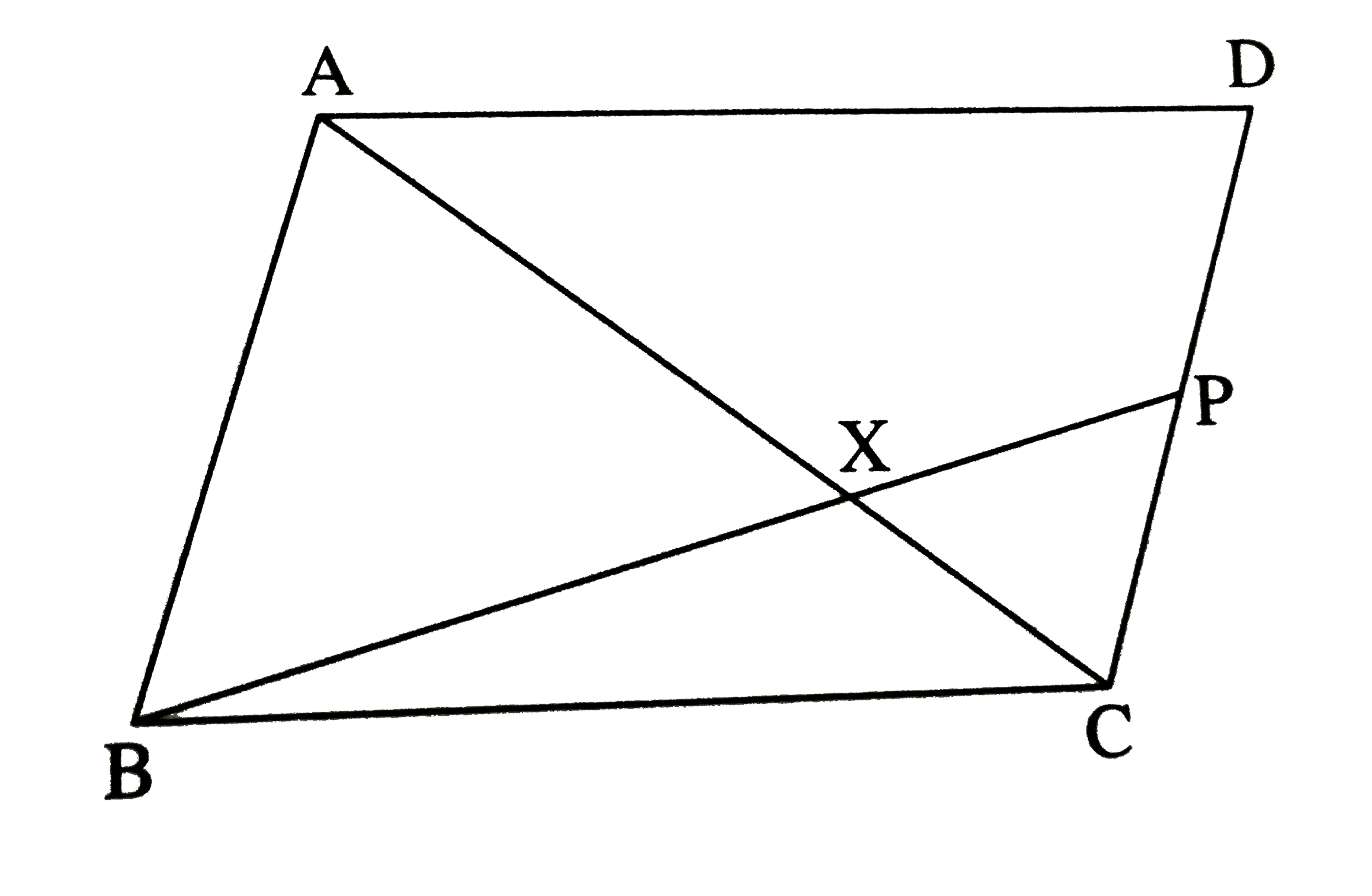
View SolutionBisector of ∠B and ∠C in ΔABC meet each other at P. Line AP cuts the sides BC at Q.
Prove: APPQ=AB+ACBC.
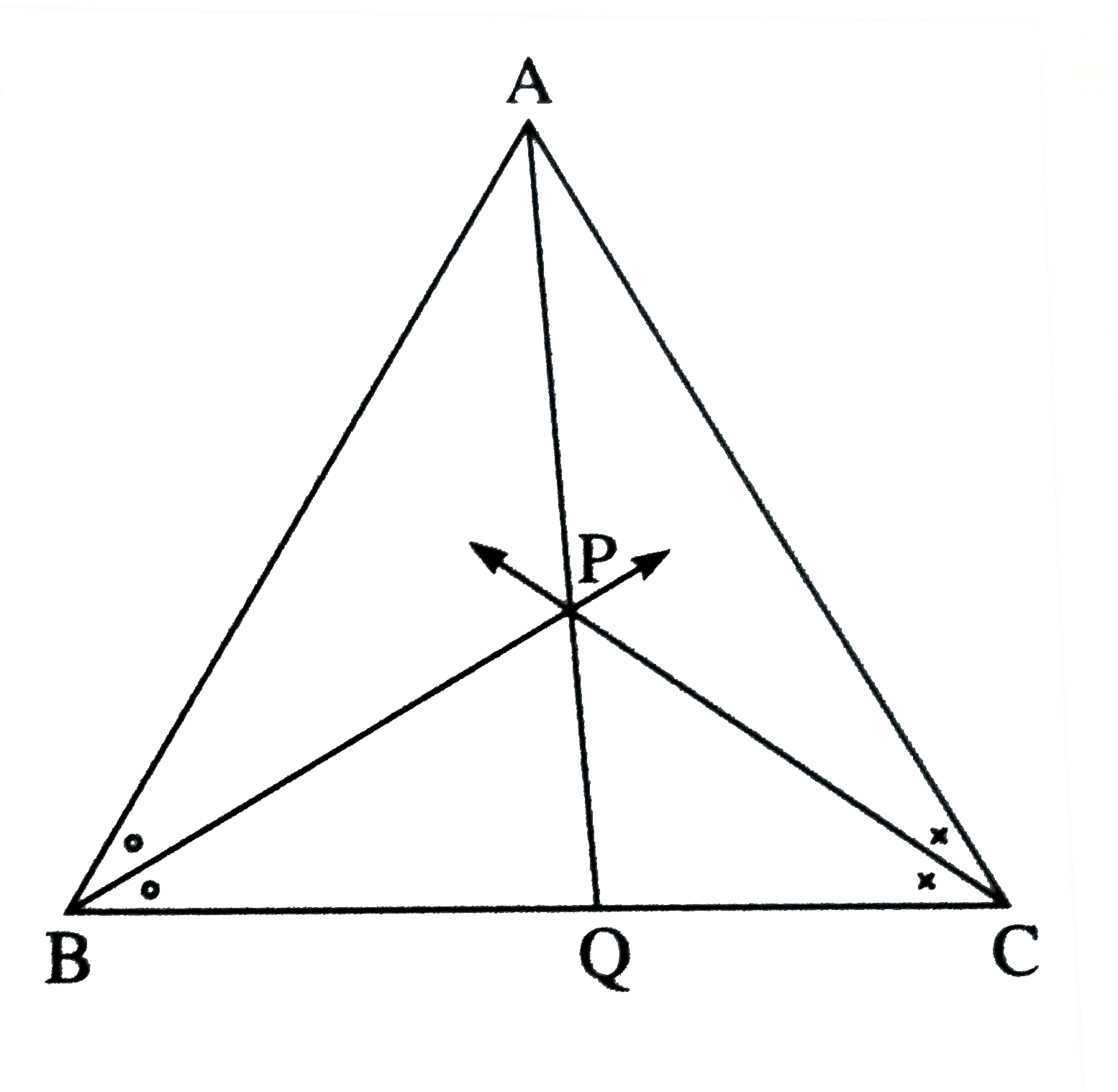
View Solutionसिद्ध कीजिए कि:
∣∣∣ad+bcbd−acac−bdad+bc∣∣∣=(a2+b2)(c2+d2).
View SolutionIn the figure seg AC and seg BD intersects each other at point P and APCP=BPDP . Then Prove that ΔABP~ΔCDP.

View SolutionIn □ABCD,seg AD∣∣seg BC. Diagonal AC and diagonal BC intersect each other in point P. Then show that APPD=PCBP
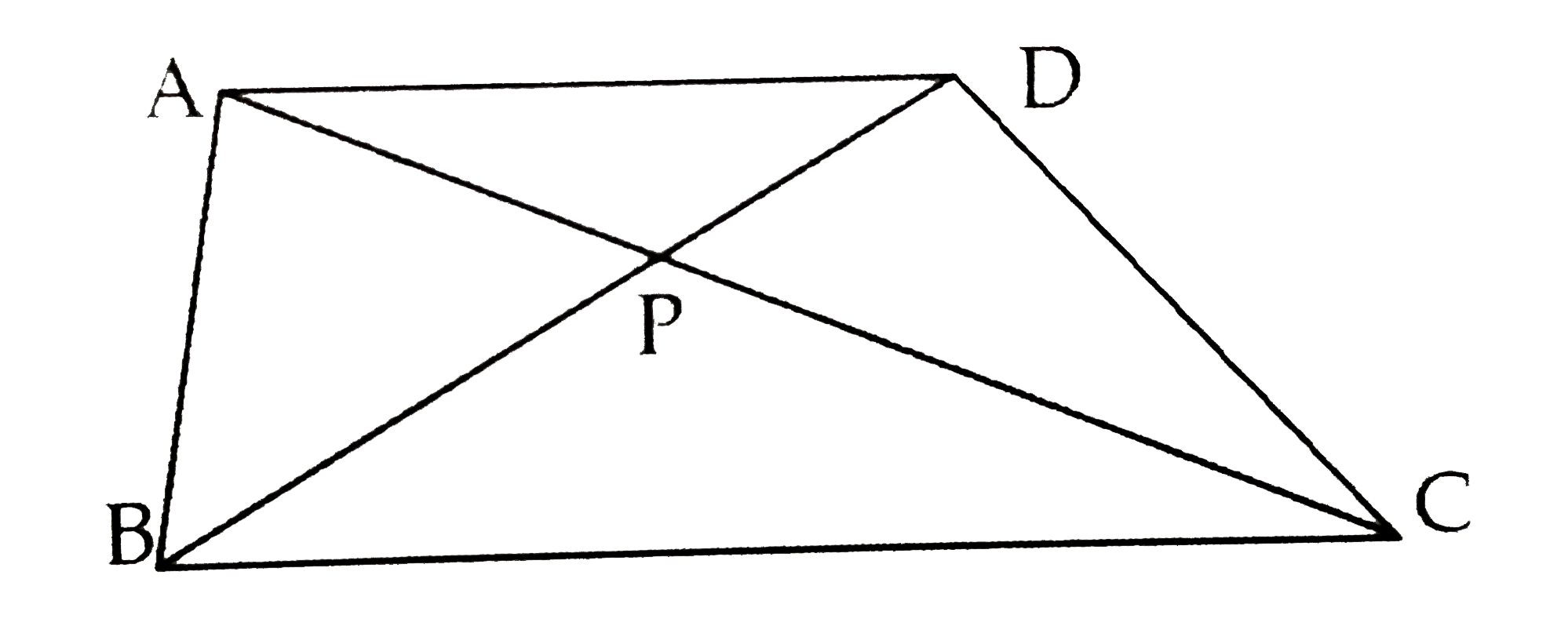
View Solution
